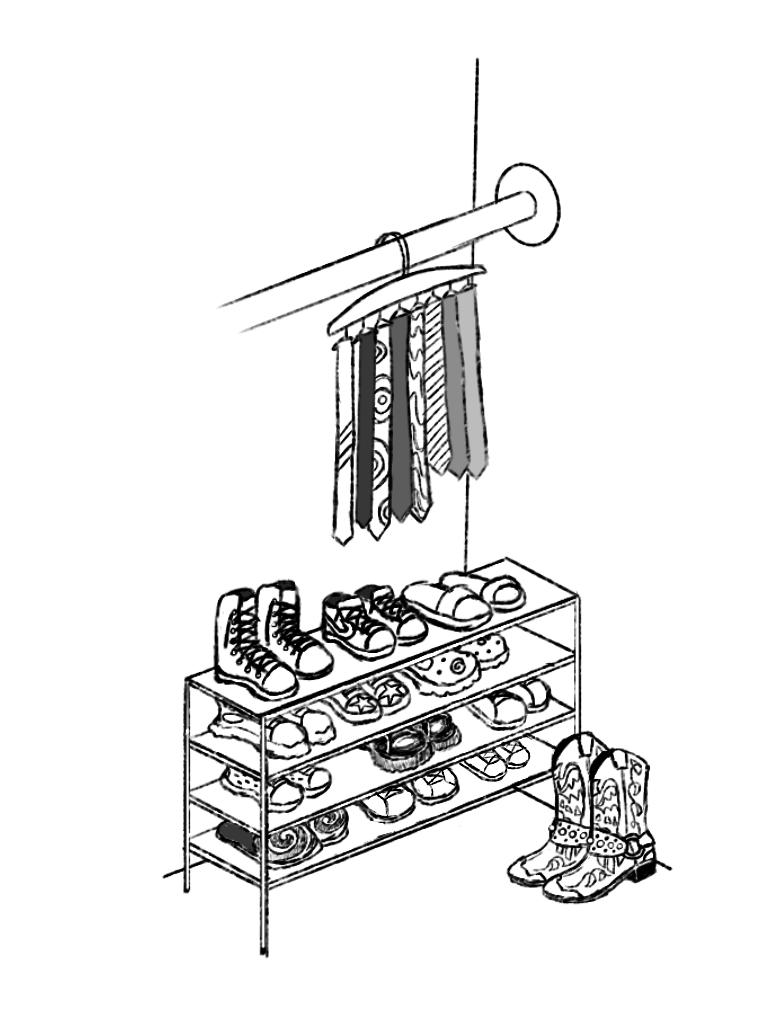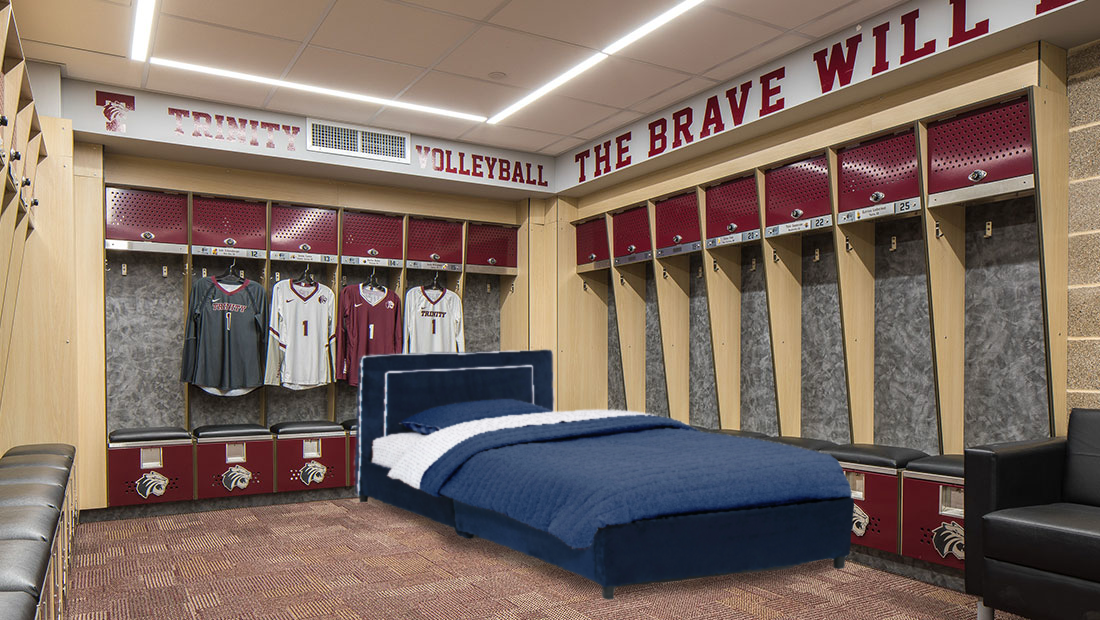“The apparel oft proclaims the man,” says Polonius to his son Laertes in Shakespeare’s Hamlet. Delivered as part of a classic father-to-son lecture on personal conduct, financial responsibility and the venereal treacheries of the French, it hits on a timeless truth resounded in folk sayings, style magazines and school handbooks alike. Indeed, clothes are the most immediate and obvious way a man presents himself to the world — how he dresses conveys who he aspires to be. It is a sorry state, then, that so many men now choose to brave the world in little more than a wrinkly T-shirt haphazardly paired with shorts, jeans or — I shudder at the thought — sweatpants.
I will not here attempt to make the case for a return to the days of frock coats and top hats (glorious as they were), but rather for men to again take pride in their presentation and devote effort to cultivating timeless style. I believe, beyond my priggish moralizing, that dressing well can yield noticeable, everyday benefits to men of all stripes. And, contrary to the claims of Frank Sinatra and Dean Martin, I do not believe that “you’ve either got or you haven’t got style.” If I can convince you of my case, read on for some of my tips for how any man can up his wardrobe’s style factor.
A common refrain in the corporate world is “dress for the job you want, not the job you have.” It’s good advice, but the meaning behind this command, that one’s clothes reflect his aspirations, applies to more than just the professional world. When I started dedicating time and effort to my wardrobe, I almost immediately began to feel more confident and productive.
Don’t just take my word for it. According to one study from 2015, wearing more formal clothing can help with creative thinking and strategizing. Another from 2014 found that men performed better in a negotiating exercise while wearing suits than in sweatpants. While formal wear remains an expectation in many business settings, its benefits do not have to be confined to this realm — the confidence and cognitive skills afforded by wearing nice clothes can boost any man’s daily life.
Dressing up, however, does not have to mean wearing a stuffy suit. In fact, classic style affords far more opportunities for creativity than many realize. With countless styles of shoes, shirts, trousers and ties, the canon of menswear offers more variety and statement-making ammunition than the modern male uniform of whatever happened to be on top of the laundry pile. Suits work such wonders because they symbolize effort and drive, but classic style is not just about drab blues and grays. A light linen coat paired with a jaunty neckerchief or an eye-catching pair of spectator shoes can achieve the same elevating effect without stifling personality.
Some may object to my call for better men’s clothing as an overly onerous demand, or even a classist expectation. While a great deal of gratitude is certainly owed to the nobles and aristocrats of history for setting the gold standards of style, we rabble can still follow their example without our own court tailors.
With a proper savoir-faire for the second-hand, one can look like a million bucks for only a few. I buy most of my clothes from thrift stores or eBay, where I find all my classic closet essentials for fractions of their retail prices. One of my favorite pairs of shoes, a set of Barkers that would have cost upwards of $500 new, I snagged for only $15 at Goodwill. While second-hand shopping is not always as convenient as buying new, it is a very viable option for the budget-minded.
I would be derelict in my duty if, after so vigorously imploring men to improve their style, I did not give my thoughts on how this can best be done. In truth, there is not one answer to fit every man — each must do according to his own taste. There are, however, some broad principles by which I believe every man should abide.
The premier is to focus firstly, finally and at every point in between on fit. No color, fabric or pattern can save an outfit that does not flatter its wearer’s form. Go for clean, straight lines that suggest a human form, but don’t reveal too much detail. (Unless you are built like Adonis, overly tight clothes are not doing you any favors). Look to create a line of division at the waist, not the hips, to reflect natural human proportions. This can be difficult given the current taste for low-waisted trousers in the fashion industry, but it can still be achieved with a well cut shirt or coat.
Next is color: clashing colors and patterns will make your outfit off-putting even to those who can’t quite put their fingers on why. Effective color combinations can be achieved by using a color wheel if necessary, but the best tool is usually common sense. If looking in the mirror makes you feel queasy, something is not right.
Finally, be sure to attend to the details. Accessorize, play with jewelry and unconventional neckwear and never neglect the shoes. Classic style has many rules, but it is not about constraint. For it to work, it must be your style. Finding one’s place in the world of classic menswear can be a long and difficult journey, but I can attest that it is absolutely worth it.










